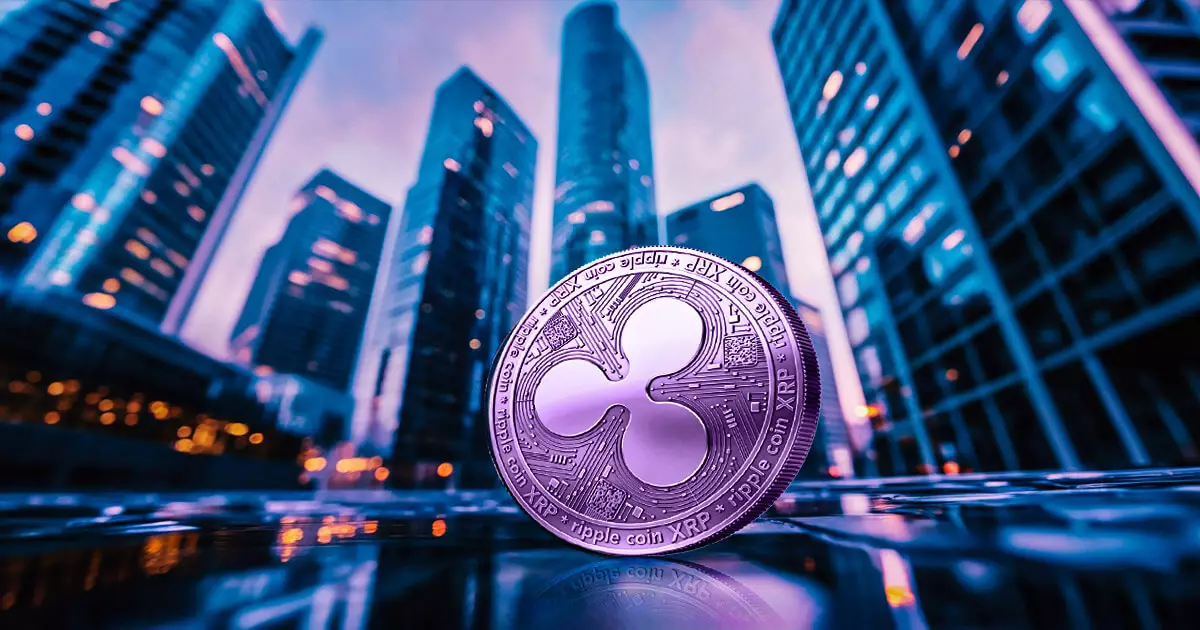In recent months, the cryptocurrency sector has witnessed significant regulatory developments, particularly in Hong Kong, which aims to establish itself as a leading financial hub for digital assets. The Securities and Futures Commission (SFC), Hong Kong’s financial regulator, has taken decisive steps to authorize local exchanges to operate within a framework designed to ensure compliance and integrity in the market. This brings into focus the particular position of XRP, a cryptocurrency that has recently garnered attention for its global footprint but continues to be sidelined in Hong Kong’s regulatory architecture.
On January 27, 2025, the SFC issued licenses to PantherTrade and YAX, marking a milestone as the first crypto trading licenses of the year. However, the limited approval of cryptocurrencies—namely Bitcoin, Ether, Avalanche, and Chainlink—leaves XRP out in the cold, prompting questions about its regulatory status in a region typically considered progressive in its approach to digital currencies.
Despite gaining traction and acceptance on an international stage, XRP’s standing in Hong Kong casts a shadow of concern. The absence of XRP from the SFC’s approved trading cryptocurrencies list suggests significant regulatory barriers, potentially influenced by Ripple’s ongoing legal struggles across multiple jurisdictions. The decision to exclude XRP does not merely impact its trading in Hong Kong but raises implications for investor confidence and broader market adoption.
Moreover, the stringent compliance requirements imposed on licensed exchanges—including adherence to anti-money laundering (AML) and counter-terrorist financing (CTF) laws—illustrate the cautious approach regulators are taking to safeguard the integrity of the financial system. Currently, ten exchanges have registered to operate under these regulations, yet the pathway for others, particularly those wishing to trade XRP, remains unclear.
The exclusion of XRP from the approved cryptocurrencies list could reverberate throughout the financial ecosystem. It poses a dilemma for exchanges wishing to include XRP in their offerings and may deter potential investors concerned about liquidity and regulatory approval. As the SFC continues to collaborate with existing exchange executives to ensure compliance, many are left analyzing the reasoning behind the absence of XRP on the official list.
Critically, the lack of transparency from the SFC on the matter exacerbates concerns. Stakeholders in the cryptocurrency community are seeking clarity, as the uncertain status of XRP can hinder its growth potential and diminish its competitive edge against more widely accepted digital currencies.
While the cryptocurrency market is on a path of evolution in Hong Kong, XRP’s journey has hit a regulatory roadblock. The hurdles presented necessitate a re-examination of its fundamentals and the broader implications for the digital currency landscape in Asia. As ongoing legal matters for Ripple unfold and regulatory attitudes shift, there remains an air of ambiguity that will undoubtedly influence XRP’s fate in this crucial financial market.

